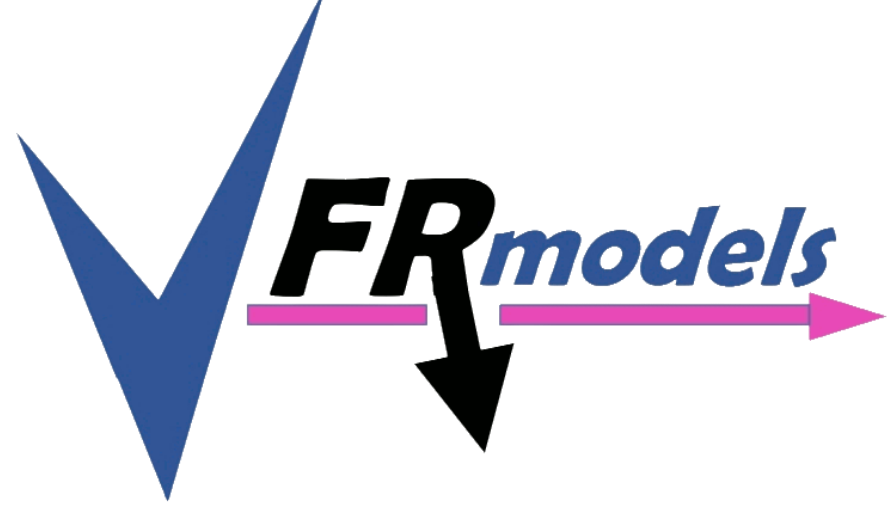To the untrained eye the Decathlon and Super Decathlon are indistinguishable from the Citabria from which it was developed. The Citabria had limited aerobatic capabilities, but Champion developed the Decathlon in response to customer demand for an aircraft capable of higher g-loading.
Though the Citabria – in many ways an incremental evolution of pre-WW2 Aeronca designs – was first certified in 1964, it was not until 1972 that the Decathlon first appeared, immediately before Champion was acquired by Bellanca. The most significant change from the Citabria was an entirely new wing, slightly shorter and with a more symmetrical airfoil for better aerobatic performance. The Decathlon also inherited the fuel-injected Lycoming AEIO-320-E1B and inverted oil system of the Citabria 7KCAB. Bellanca later developed the design into the Super Decathlon with a 180hp Lycoming. After Bellanca’s demise and a production hiatus, the Super Decathlon went back into production along with the Citabria, after which American Champion introduced the Xtreme Decathlon with a 210hp Lycoming AEIO-390-A1B6.
In spite of their superficial similarities, the Decathlon was a great leap ahead of the Citabria in aerobatic performance, whilst retaining the easy flying qualities of its predecessor. Consequently the Decathlon fills the roles both of pleasure and training aircraft, whilst also delighting crowds at airshows, with 3-time US National Aerobatic Champion pilot Patty Wagstaff especially noted for her displays in the Super Decathlon.
Item added to cart

